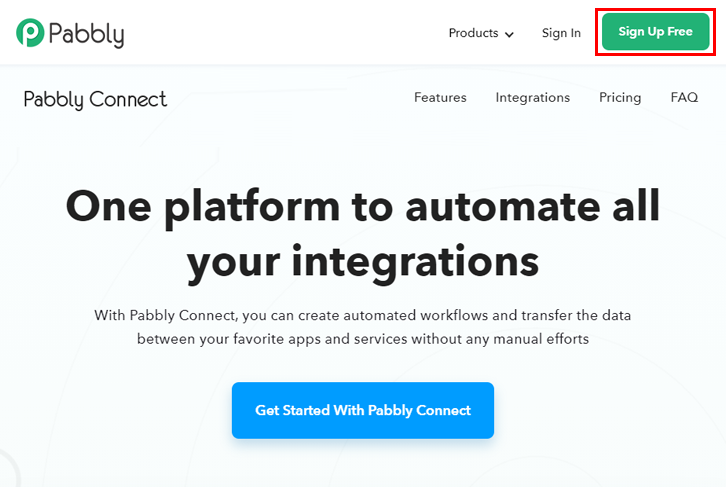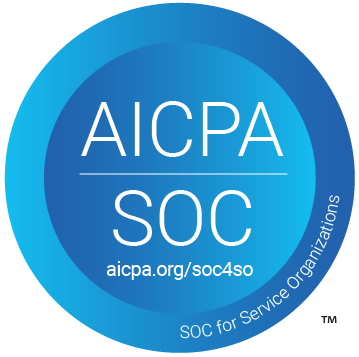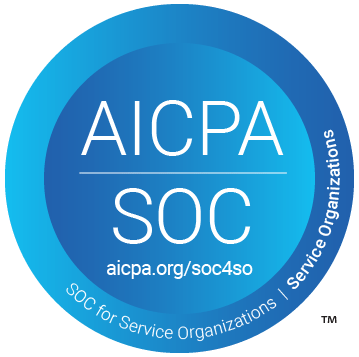Tired of searching for a way to send payment reminders on WhatsApp from Google Sheets automatically? If yes, then you come to the right place because here I will guide you to the step by step procedure to integrate Google Sheets with WhatsApp using Pabbly Connect.
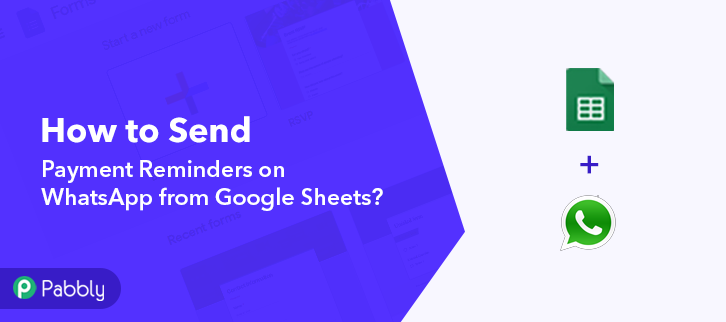
So basically, Pabbly Connect is an integration & automation service that enables you to share data among multiple applications. Furthermore, this would be just a single-time setup & after that, the workflow will take care of the rest. Besides, you don’t have to be a developer for that, even a newbie can use it efficiently.
Why Choose This Method Of Integration?
In contrast with other integration services-
- Pabbly Connect does not charge you for its in-built apps like filters, Iterator, Router, Data transformer, and more
- Create “Unlimited Workflows” and smoothly define multiple tasks for each action
- As compared to other services which offer 750 tasks at $24.99, Pabbly Connect offers 50000 tasks in the starter plan of $29 itself
- Unlike Zapier, there’s no restriction on features. Get access to advanced features even in the basic plan
- Try before you buy! Before spending your money, you can actually signup & try out the working of Pabbly Connect for FREE
Before getting started with the procedure let’s first understand a little about the services & the use case. Google Sheets is a spreadsheet that helps you manage your client’s and customer’s data in one place. Whereas, WhatsApp is a free, multiplatform messaging app that lets you make video and voice calls, send text messages, and more.
Well, as we already know that there is no direct integration between these two services. Therefore, we’ll be using a third-party software i.e, Pabbly Connect for Google Sheets to WhatsApp integration.
Thus, integrating these two services can help you automatically send payment reminders on WhatsApp when a new record is added in Google Sheets in real-time.
Furthermore, you can access all the features even in its free plan. To get started with this amazing service, you just have to go to the Marketplace and search for the apps you want to use. Moreover, we have created a template for this integration to help you. Click the ‘Use Workflow’ button below to initiate the process.
Therefore, without wasting any more time, let’s begin with the steps for Google Sheets to WhatsApp integration.
Step 1: Sign up to Pabbly Connect
Begin the process to send payment reminders on WhatsApp from Google Sheets by clicking on the ‘Sign Up Free’ icon on the Pabbly Connect home page. Next, either manually fill-up all the details or sign up using your Gmail account.
Try Pabbly Connect for FREE
Next, after logging into the account, click on the ‘Access Now’ button of the Connect section in the dashboard. Start with creating a workflow for your project by clicking on the ‘Create Workflow’ button. Now, you need to name the workflow just like in the above-shown image. I named the workflow ‘Google Sheets to WhatsApp’, you can obviously name the workflow as per your requirements. As soon as you are done naming your workflow, you will have to select the application to set a time for sending a payment reminder message from WhatsApp. Now, you have to select the application to set the time. Here, we are choosing ‘Schedule’. After this, you have to select at what intervals you want to send the message, we are selecting ‘Every day’ option. Further, you have to set the time at which you want the payment reminder message will be sent. By default, you have to set the time in UTC format, so select the time according to your time zone. At last, click on ‘Save’ button. Now, you will have to select Google Sheets for the integration. Pabbly Connect allows you to integrate unlimited premium applications, create your free account now. Now, click on the + button below and choose ‘Google Sheets’ in the choose app and in the method section select ‘Get Rows’. After choosing the application click on the ‘Connect with Google Sheets’ button to move forward. Promptly, to authorize Google Sheets, you need to again click on the ‘Connect with Google Sheets’ button and then allow permission to connect Google account with Pabbly Connect. Next, you have to map all the fields quickly like spreadsheet, and range. Once you are done adding up all field data click on the ‘Save & Send Test Request’ button. But before that, make sure to toggle off the ‘Simple Response’ section (to get the data of an individual row). Further, you will see the response of each individual row. Finally, click on ‘Save’ button. Subsequently, you need to add an action step to sort out each data row from the above response and for that, we integrate ‘Iterator’ in the action step. Now, click on the + button below and select ‘Iterator’ in the choose app. After this, you have to choose ‘Array’ to sort the data from the above response. Promptly, click on the ‘Save and Send Test Request’ button to get the response and then hit the ‘Save’ button. Now, we need the individual data of each field from the above response and for that, we have to integrate ‘JSON Extractor’ in the next action step. Next, click on the (+) button and select the app to integrate as ‘JSON Extractor’ and method as ‘Extract JSON Data’. After choosing the application click on the ‘Connect with JSON Extractor’ button to move forward. Promptly, map the field data into the respective fields. Once you are done mapping the field data, click on the ‘Save and Send Test Request’ button to get the response of individual fields. Now, we have to select ‘Date/Time Formatter’ to establish the current date in order to send the WhatsApp message every day till the due date. Next, click on the (+) button and select the app as ‘Date/Time Formatter’ and method as ‘Current Date’. Promptly, click on the ‘Connect With Date/Time Formatter’ button. Now, you have to map the field to establish a current date like in ‘Basic Format’ field select format of date. Once you are done mapping the field data, click on the ‘Save and Send Test Request’ button. Subsequently, we have to select ‘Date/Time Formatter’ to change the format of current and due date in ‘Timestamp’ format. Next, click on the (+) button and select the app as ‘Date/Time Formatter’ and method as ‘Format Date Only’. Promptly, click on the ‘Connect With Date/Time Formatter’ button. Now, you have to map the field to change the format of current date in timestamp format such as map the current date in ‘Date Field’ and select ‘Timestamp’ option in the ‘To Format’ field. Once you are done mapping the field data, click on the ‘Save and Send Test Request’ button and the format of current date is changed. Now, to change the format of due date in the timestamp format, just follow the above steps accordingly. Simply, map the due date instead of current date in the ‘Date Field’. Subsequently, we have to set two conditions to send the payment reminder message through WhatsApp. For that, we have to add ‘Filters’ in next action step. Now, click on the plus (+) button and from the choose app select ‘Filter’. Promptly, set the first condition for filter, i.e, send the WhatsApp message only when the current date is less than the due date. For that, map the current date in first section and due date in second and set the condition as ‘Less Than’. After this, click on the + button to add another condition. Next, set the second condition for filter, such that send the WhatsApp message only when the fees status is due. And for that, map the fees status (due) in the first section, select the condition as ‘Equal To’ and then enter ‘Due’ in the last field (as shown in above image). Once you are done setting the conditions, click on the ‘Save and Send Test Request’ button and you will get the API response, i.e. the condition is true. At last, click on the ‘Save’ button. Subsequently, it’s time to set up the last action for our workflow to complete the integration process. Now, click on the + button below and choose ‘Chat API’ in the choose app and in the method section select ‘Send Message’. After choosing the application click on the ‘Connect with Chat API’ button to move forward. Further, login to your ‘Chat API’ account by filling up your credentials. Next, you will be redirected to your account page. Here, copy the API URL and Token to paste in the Pabbly Connect. Promptly, paste the copied API URL and Token in the respective fields. At last, hit the ‘Save’ button. Now, you have to map the data in the fields such as ‘Phone Number’ and ‘Message’. Once you are done mapping all the fields, click on the ‘Save and Send Test Request’ button to get the API response. Finally, click on ‘Save’ button. Lastly, when you check your WhatsApp account, a payment reminder message has been sent successfully from Google Sheets row. Now, every day a payment reminder message will be sent to each person whose fees are due till the due date. Kudos! Now that you have learned ‘How to Send Payment Reminders on WhatsApp from Google Sheets’ you can integrate any applications via Pabbly Connect to automate your entire workflow without any coding skills. Pabbly Connect is the magic tool that you can use to automate your projects and save a lot of time and effort. Therefore, signup for a free account now for the best integration experience. In case of any doubts or suggestions, please leave your comments below.Step 2: Access Pabbly Connect
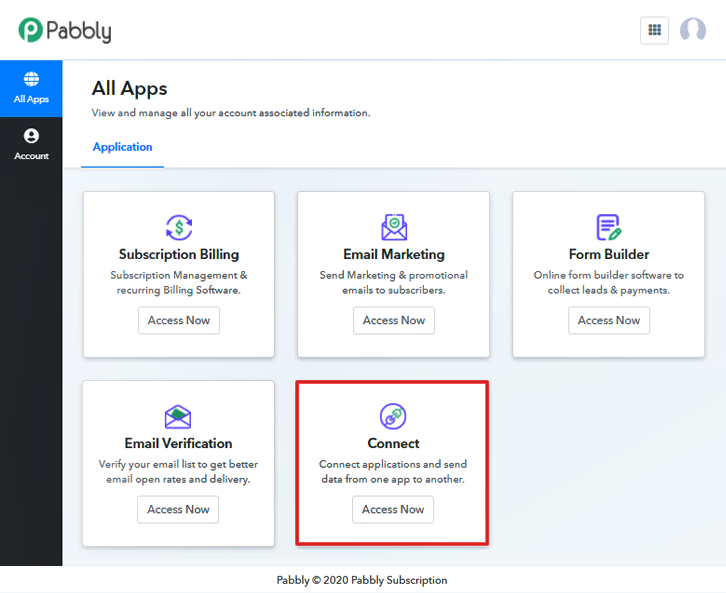
Step 3: Workflow for Google Sheets to WhatsApp Integration
(a) Start with a New Workflow
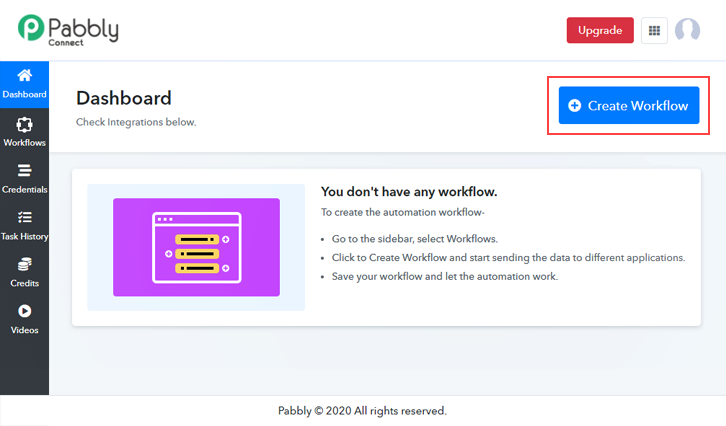
(b) Name the Workflow
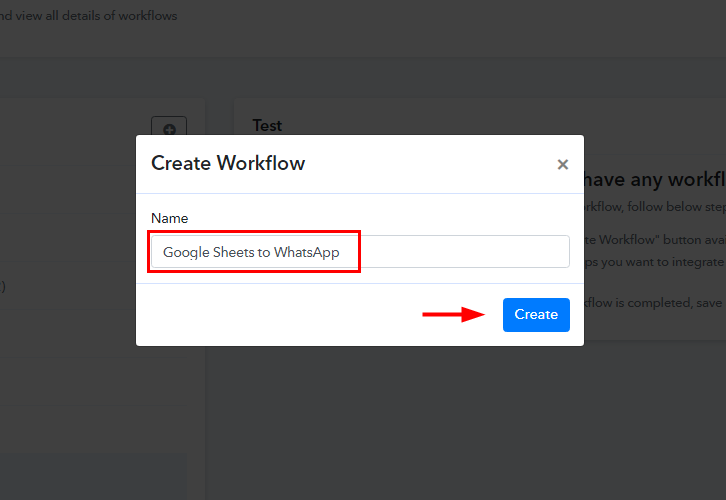
Step 4: Setting Schedule for Google Sheets to WhatsApp Integration
(a) Select Application you Want to Integrate
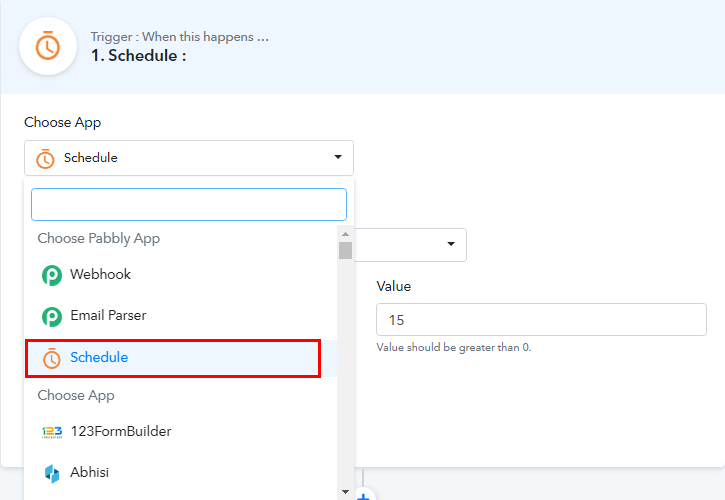
(b) Select Run Scenario
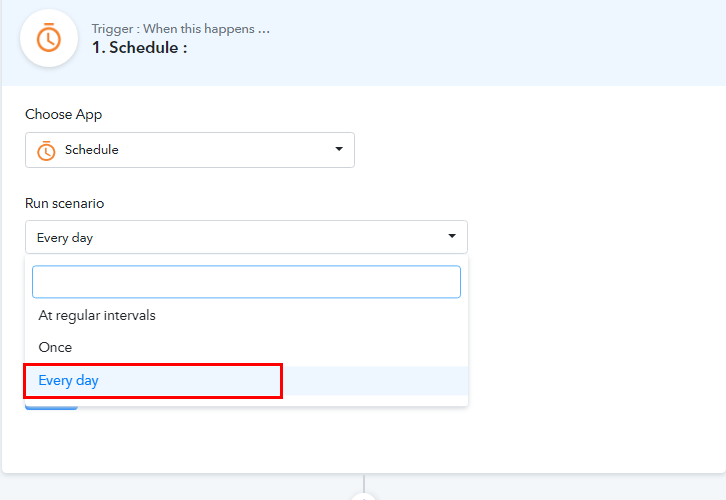
(c) Set the Time
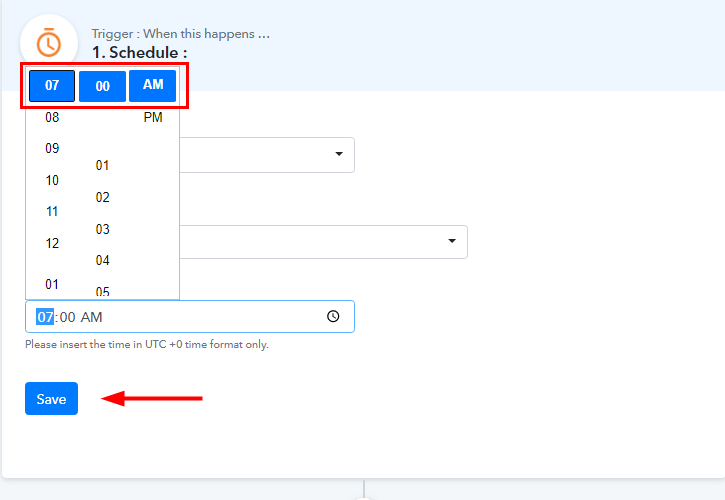
Step 5: Setting Google Sheets for the Integration
(a) Select Application you Want to Integrate
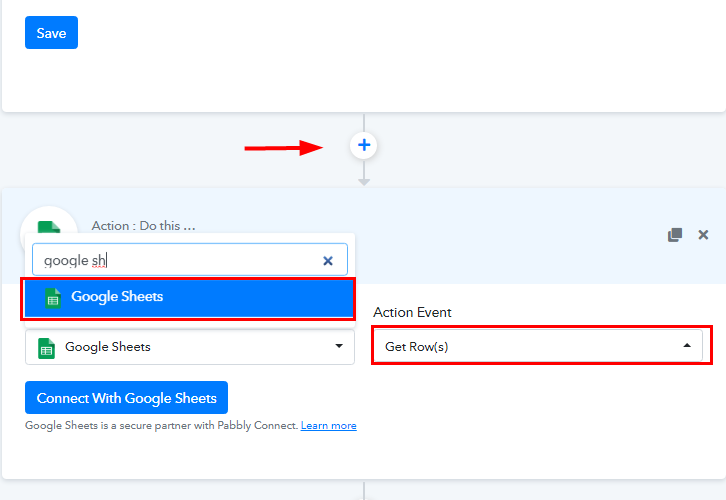
(b) Click on Connect Button
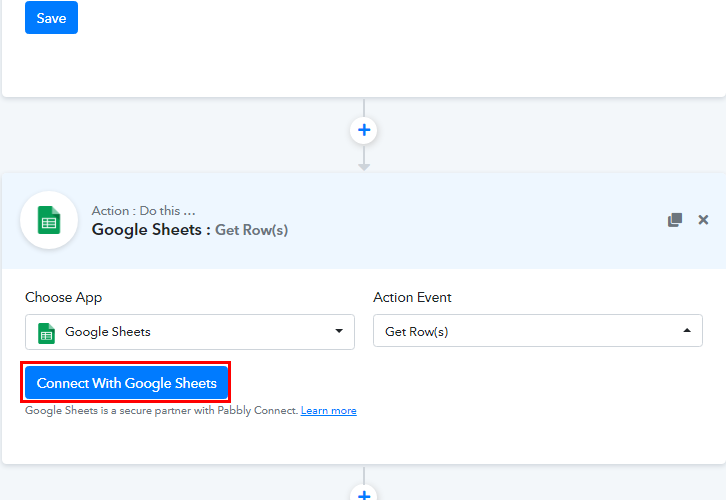
(c) Authorize Application
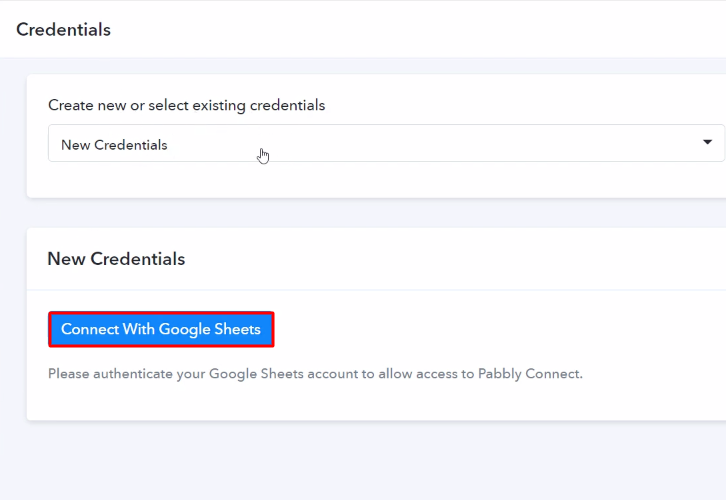
(d) Map the Fields
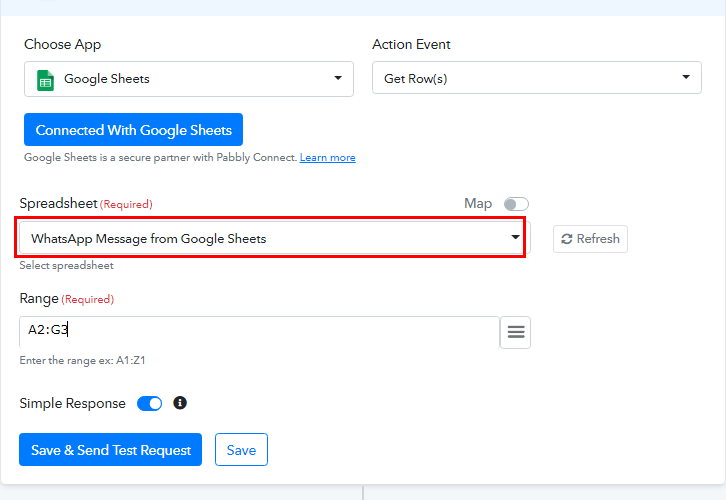
(e) Save and Send Test Request
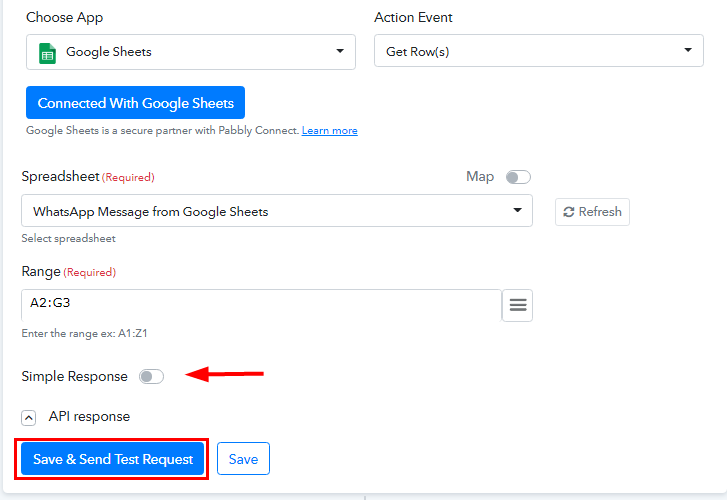
(f) Save the Response
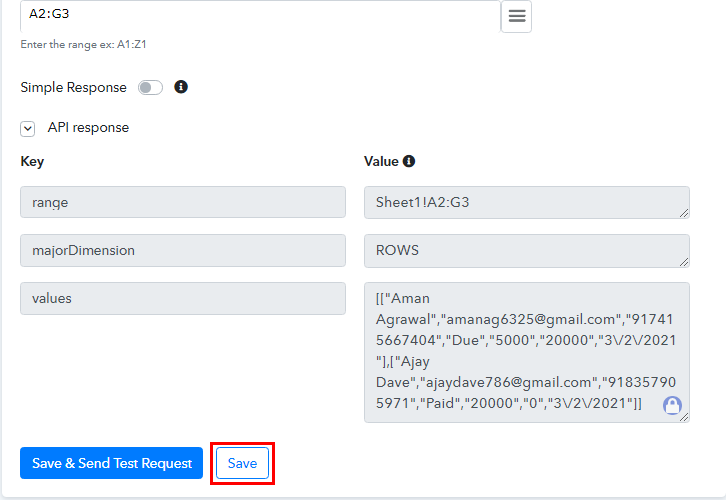
Step 6: Setting Action for Iterator
(a) Select Application you want to Integrate
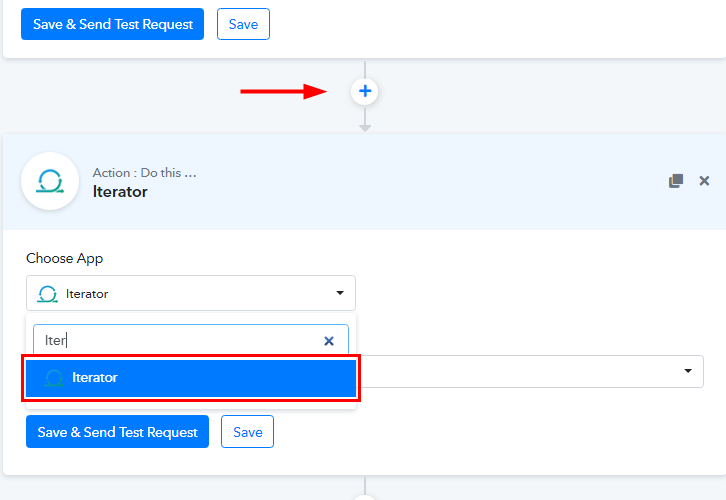
(b) Choose Array
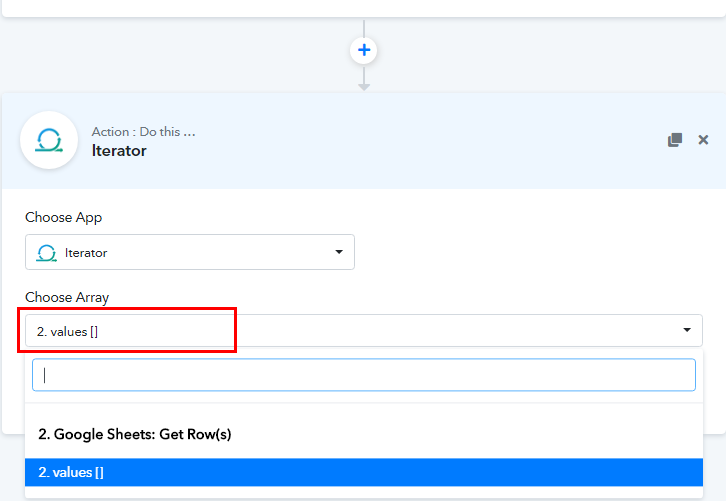
(c) Save and Send Test Request
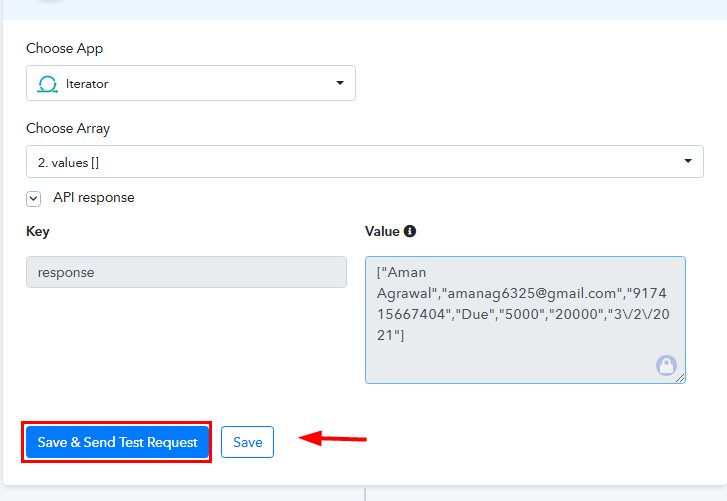
Step 7: Setting Action for JSON Extractor
(a) Select Application you want to Integrate
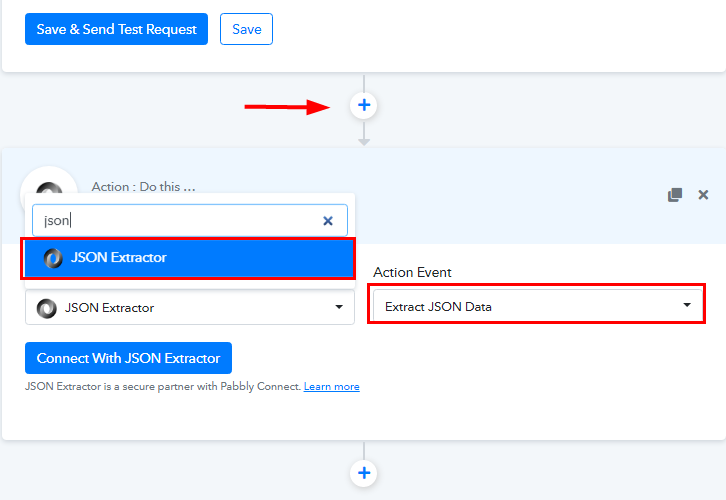
(b) Click on Connect Button
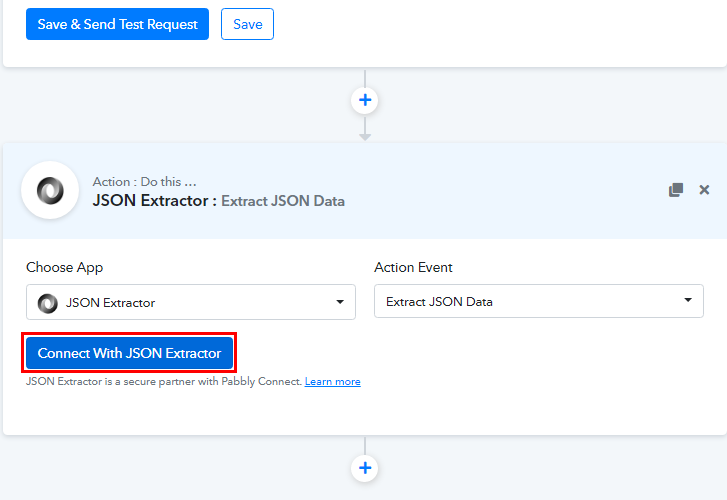
(c) Map the Field
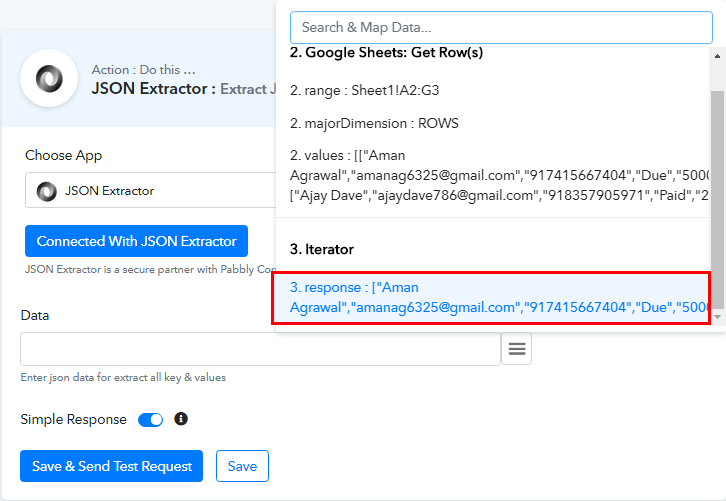
(d) Save and Send Test Request
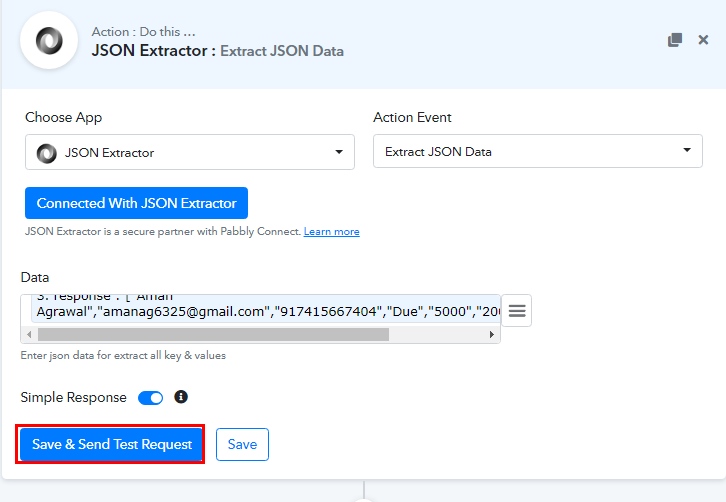
Step 8: Setting Date/Time Formatter for Current Date
(a) Select Application you want to Integrate
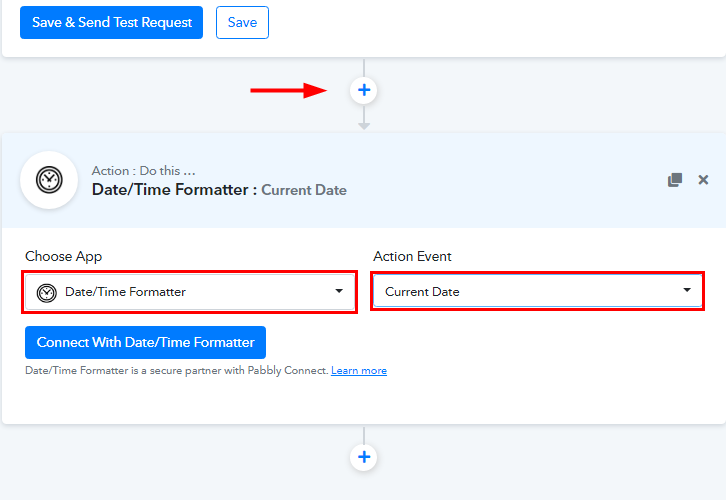
(b) Connect with Data/Time Formatter
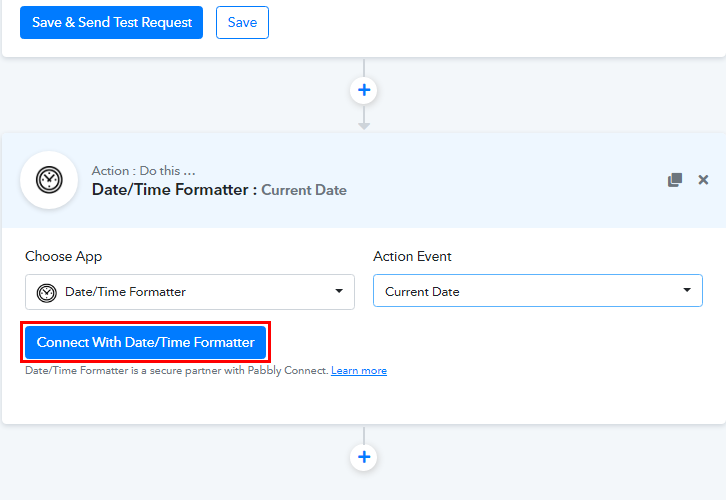
(c) Map the Fields
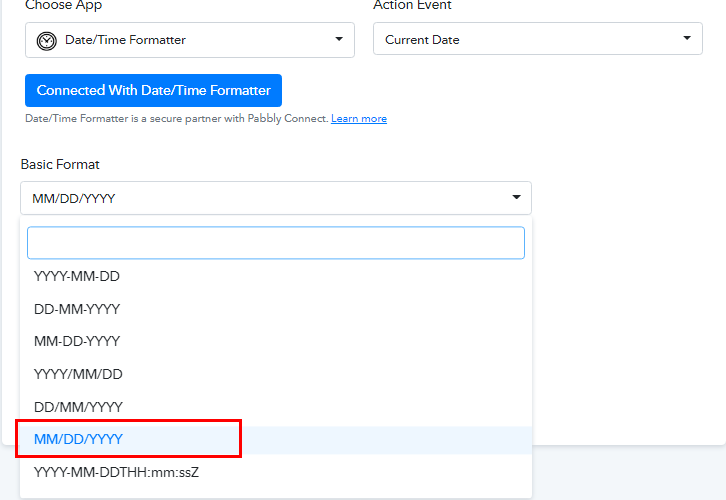
(d) Save and Send Test Request
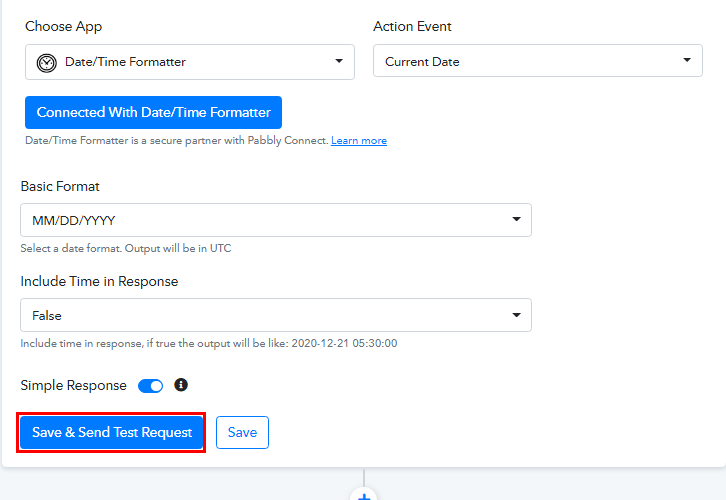
Step 9: Setting Date/Time Formatter to change format
(a) Select Application you want to Integrate
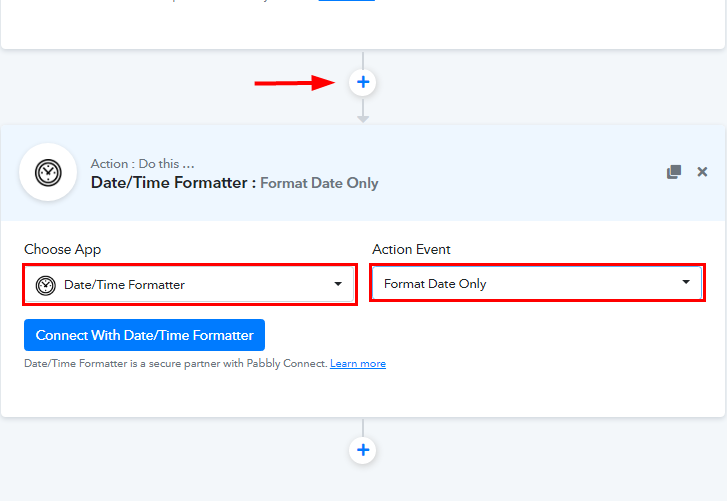
(b) Connect with Data/Time Formatter
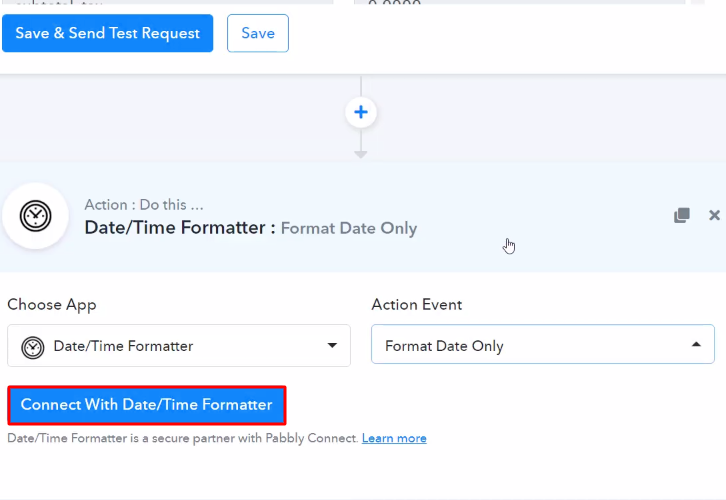
(c) Map the Fields
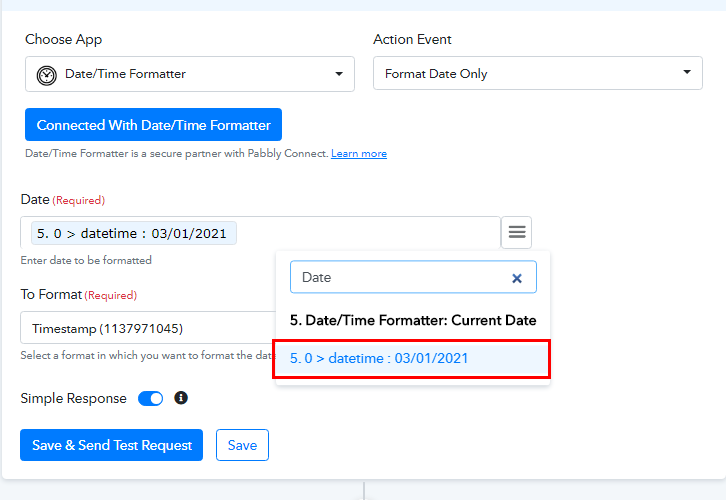
(d) Save and Send Test Request
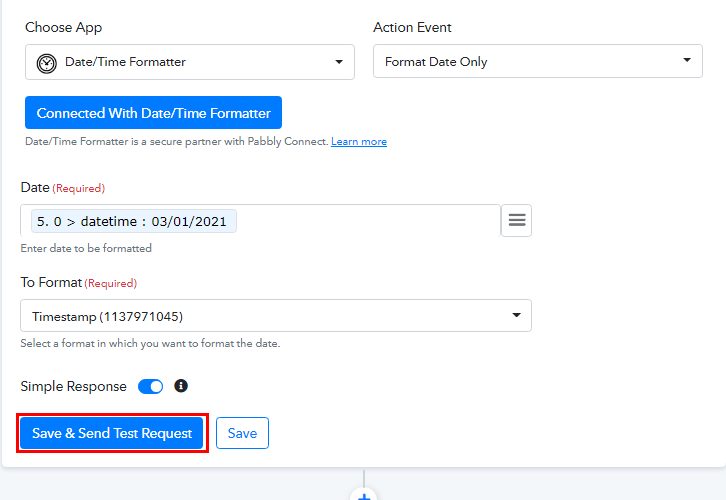
Step 10: Setting Action for Filters
(a) Select Application you Want to Integrate
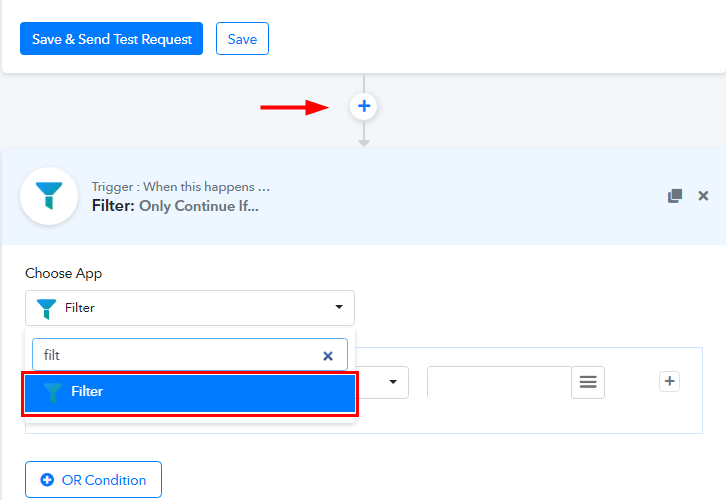
(b) Setting First Condition
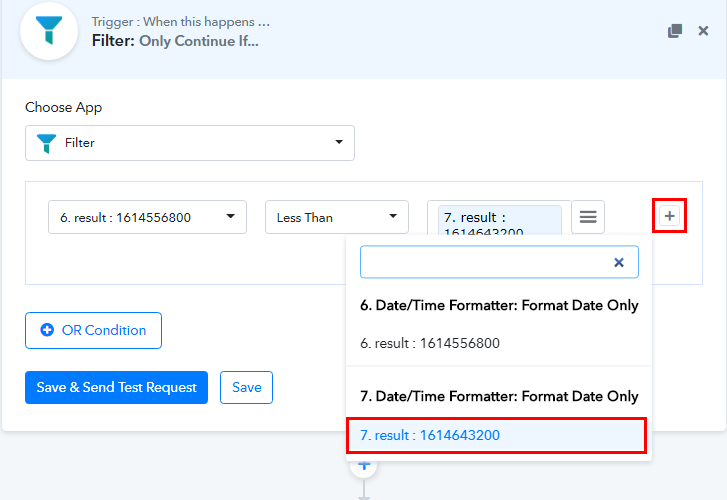
(c) Setting Second Condition
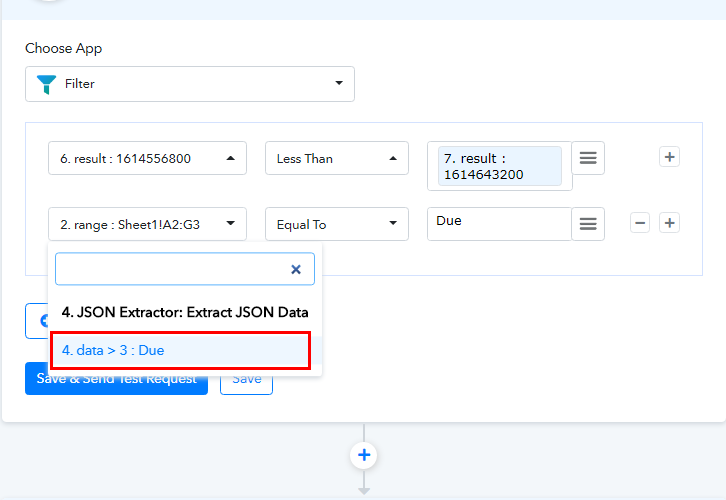
(d) Save and Send Test Request
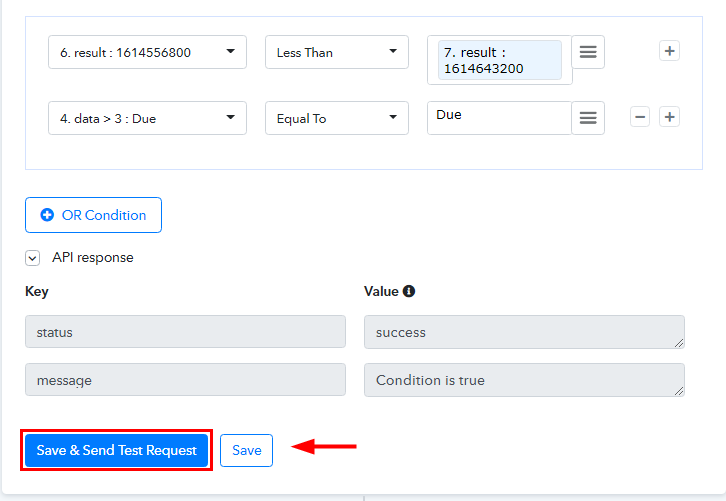
Step 11: Setting Action for Google Sheets to WhatsApp Integration
(a) Select Application you want to Integrate
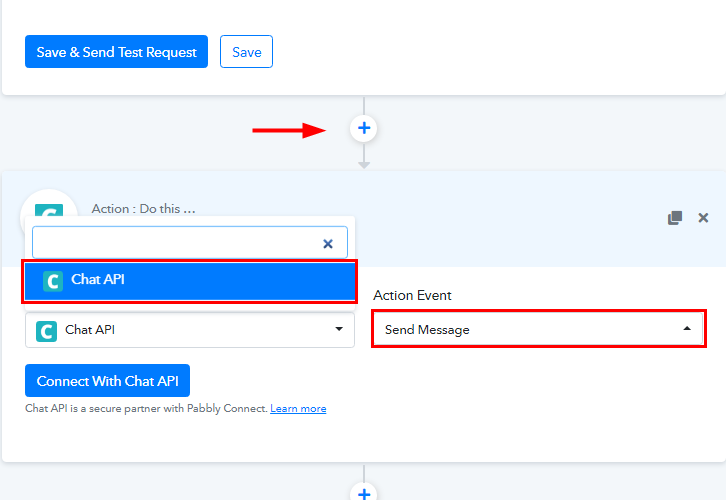
(b) Click on Connect Button
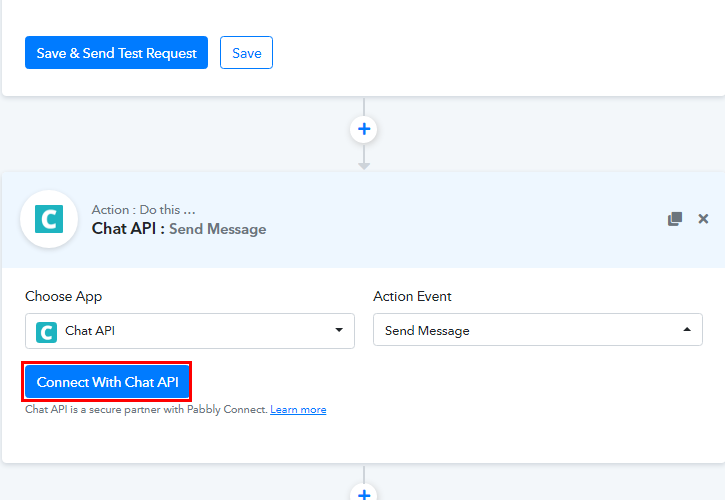
(c) Login to Chat API
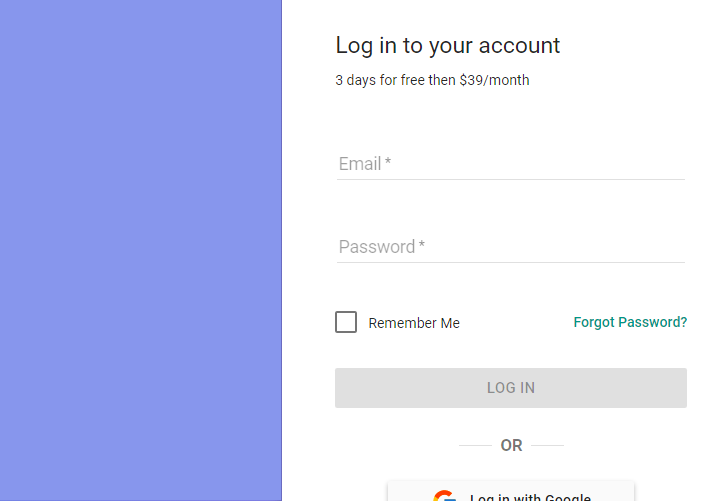
(d) Copy API URL and Token
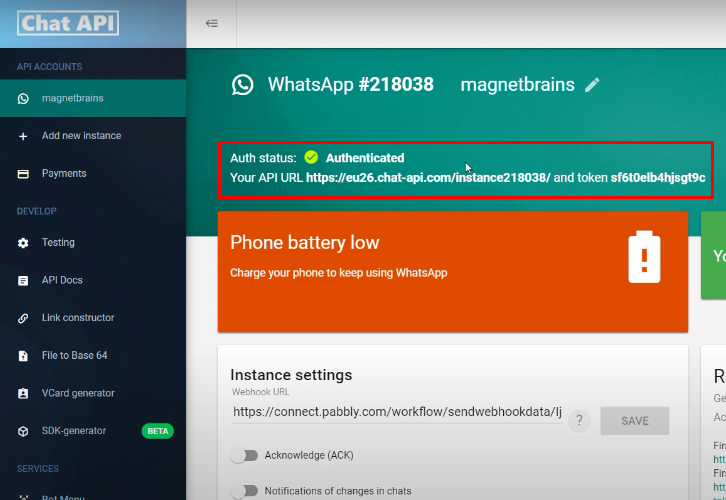
(e) Paste API URL and Token
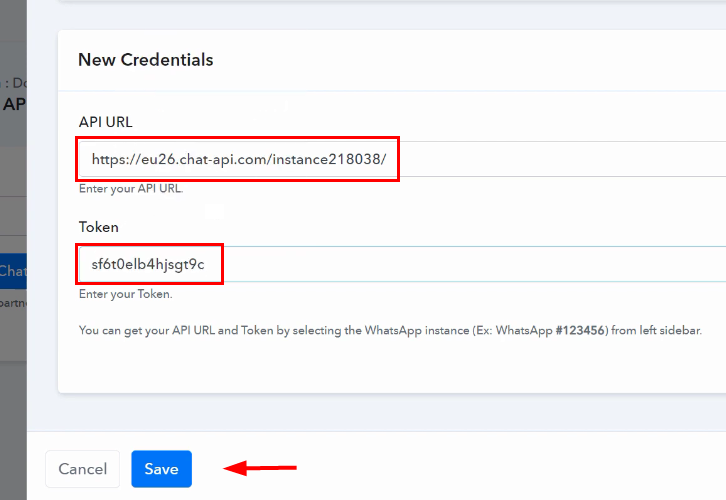
(f) Map the Fields
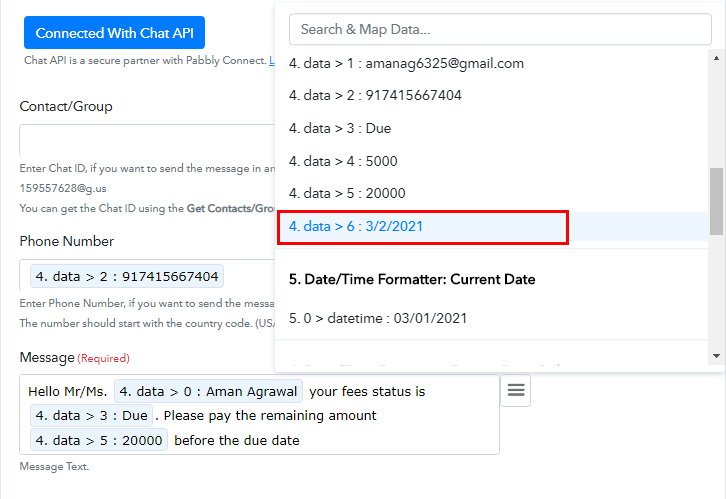
(g) Save & Send Test Request
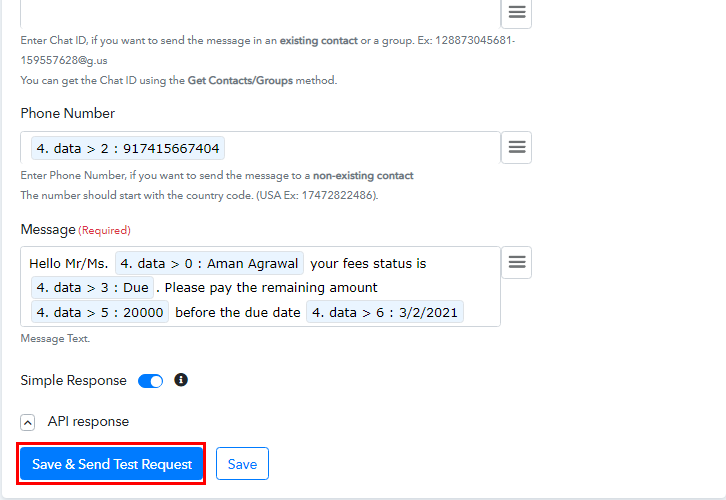
Step 12: Check Response in WhatsApp Dashboard
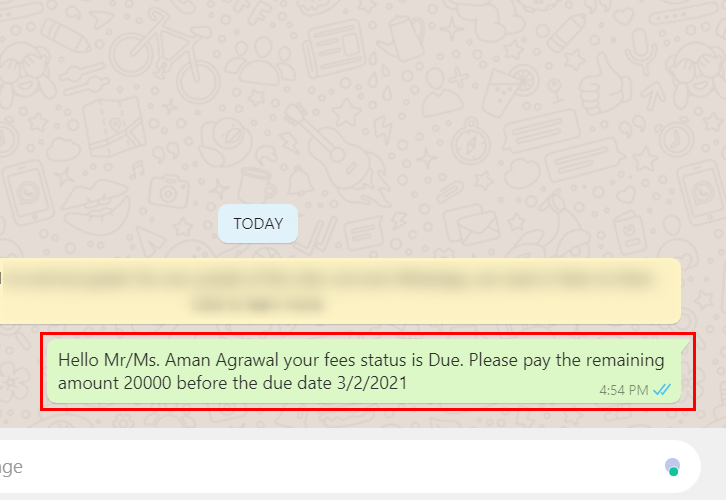
Conclusion –
You May Also Like to Read –

